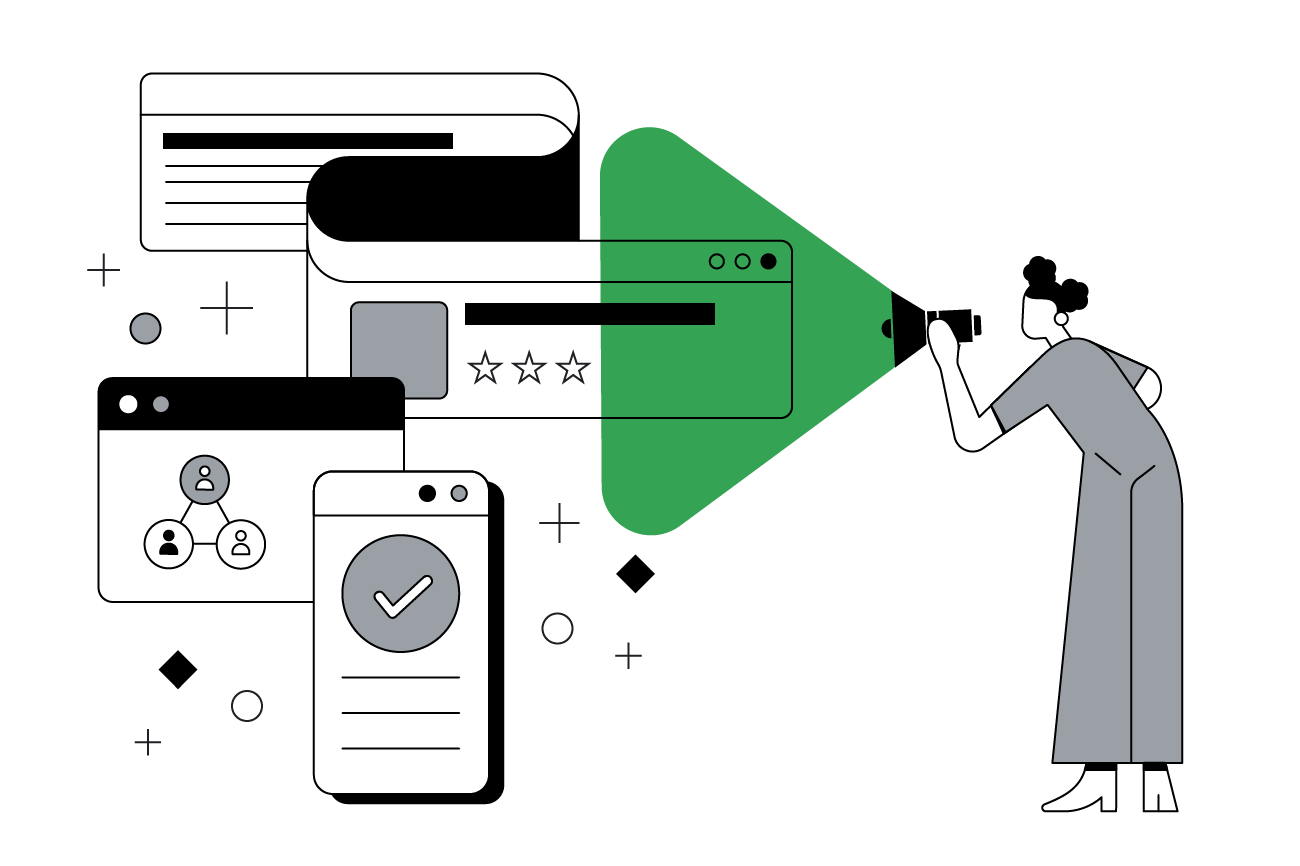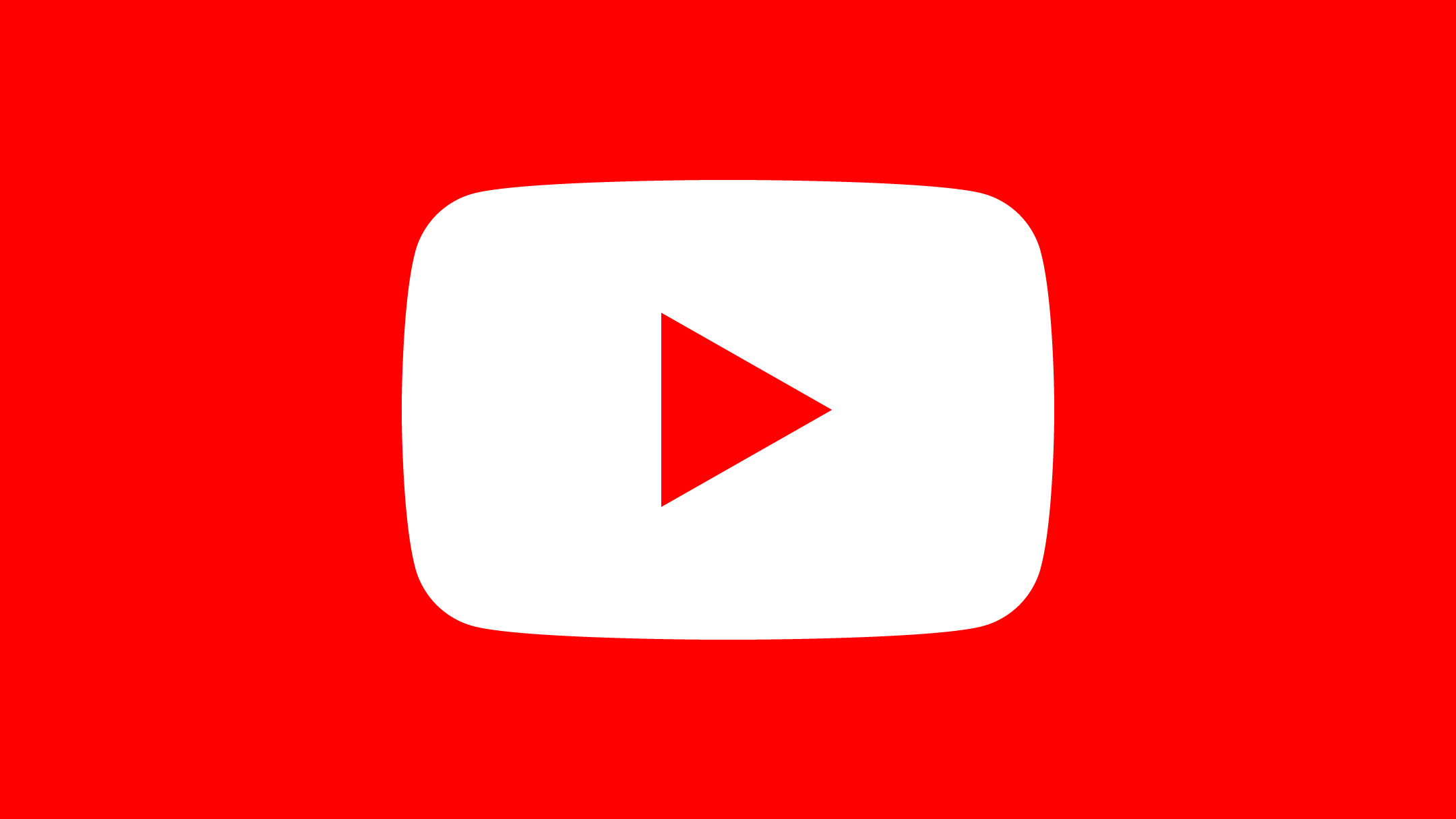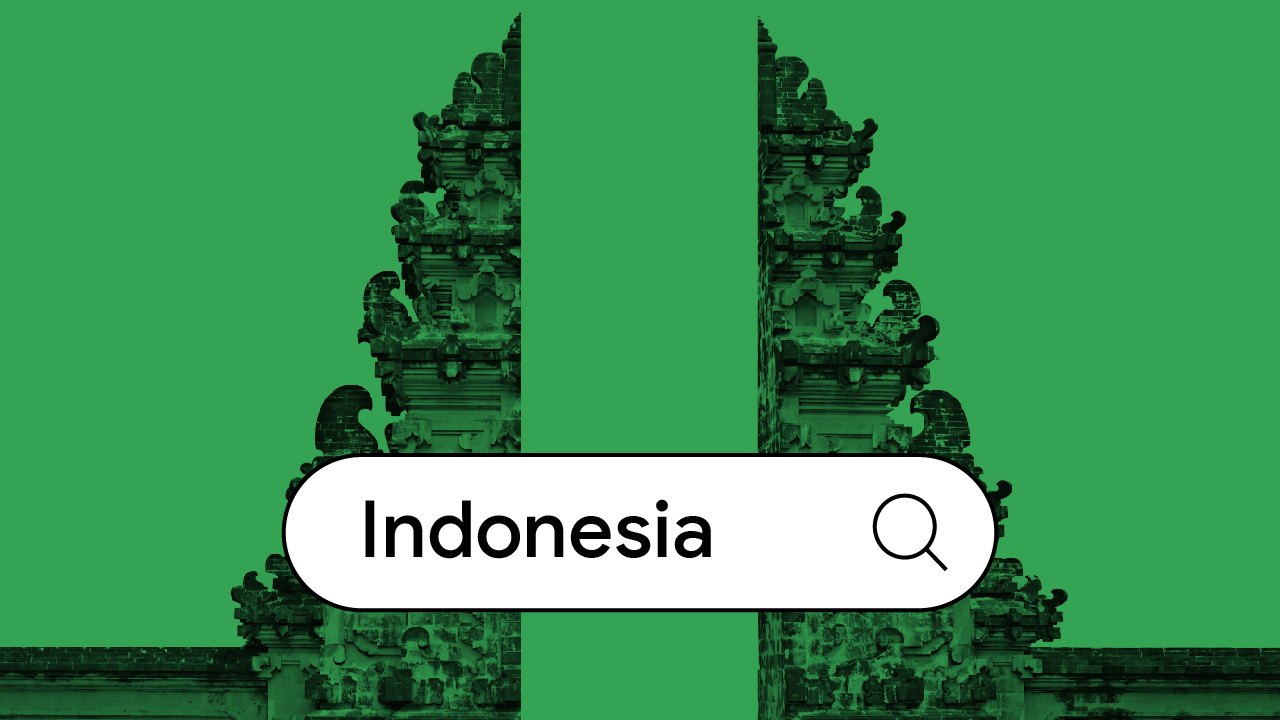As a marketer, you probably spend all day thinking about brands. But your customers don't. That means that to connect with people, you have to understand where your brand fits into their lives.
When I joined Horizon Media to launch our TrendSights practice, I knew that to get this level of insight, we needed to understand not just one world, but three: the world of people, the world of brands, and the world of culture. People and brands speak most obviously to the business of marketing, but culture is elemental. It’s the water in which we all swim, which makes it the key to connecting with and engaging your audience.
YouTube is an increasingly important reflection of these cultural waters. That’s why I think we can all learn a great deal from Kevin Allocca, head of culture and trends at YouTube.
When you study trends on YouTube … you’re really studying modern culture.
Kevin literally wrote the book on the creators, content, and cultural phenomena that power the most democratic and wide-reaching video platform in history. What follows is our conversation about culture, trends, and YouTube.
Kirk Olson: Why do you think it’s important for brands to study trends on YouTube?
Kevin Allocca: Brand marketers often ask me what cultural trends, like fidget spinners or the mannequin challenge, have to do with consumer behavior. My answer? More than you’d think!
That’s because when you study trends on YouTube, and when you look at how these trends come about and the role they play in people’s lives, you’re really studying modern culture. Those brands that have a good understanding of modern culture will be much better at participating in the conversation somehow. And in doing so, they’ll end up being more relevant.
Sometimes the connection between YouTube cultural trends and the world of marketing is even more direct, with trends on YouTube driving trends in the commercial world. Take beauty trends, which we started to see emerge as a separate entertainment genre on the platform several years ago. Today, the conversations happening within the YouTube beauty community have played a huge role in inspiring companies to create more products for people with darker skin tones, and to be more diverse and inclusive with their marketing.
What does the YouTube trendspotting process look like from the inside?
We spot trends in a couple of ways. One involves looking at the videos people are talking about most. By digging into the videos people are searching for, sharing, and responding to, we’ve uncovered things like each country’s favorite 2018 Winter Olympics sport.
Another approach is to start with YouTube creators, many of whom are among the most influential people in the entertainment world. We look for commonalities across the videos they’re making, the tags they’re using, and the creative approaches they’re taking.
We also look for trends in the content that regular people are creating. By monitoring which topics are generating lots of uploads, we’ve uncovered rising trends, like those where YouTube users study together through the medium of video.
To carry out this research, we of course have internal tools. But we also use public sources—Google Search and the YouTube trending tab, mainly—and just spend lots of time watching content and making inferences. This last part is really important, because so much of what drives culture is not always immediately quantifiable. Only further research, like what you do at Horizon with TrendSights, can reveal the motivations behinds the trends.
What's one thing marketers should know about YouTube culture in general to make their marketing on the platform more effective?
Realness is more paramount than ever, but not realness in the sense of shooting in raw style or using real people. I’m referring instead to realness of language and intention. That’s super important to YouTube viewer culture.
The YouTube creators that people gravitate toward are honest and true to themselves—Casey Neistat, for instance, or Christine from Simply Nailogical. When they’re not, they get called out. I think brands should expect to receive similar treatment.
Because YouTube is an interactive platform, people can respond immediately to your message and the way you deliver it. This may sound intimidating, but I really see this “no bullshit” culture as an opportunity for brands to cultivate greater self-awareness and transparency.
In terms of trends, I think that means only jumping on one if it’s relevant to your brand or if you can add real value—like Ikea did when it created a video around the ASMR trend.
What failed attempts have in common is a lack of self-awareness that translates into tone deafness. They end up feeling like parodies rather than adding anything of value.
What one thing should marketers do immediately to better understand modern culture and identify new trends on YouTube?
Find 20 YouTube channels that are popular among your audience and subscribe to them. As you watch the content, get in the mindset of your audience, keep your eyes peeled for emerging trends, and familiarize yourself with pop culture.
It might not be some sophisticated trend-mining system, but I’ve found that starting with a simple approach is best.






